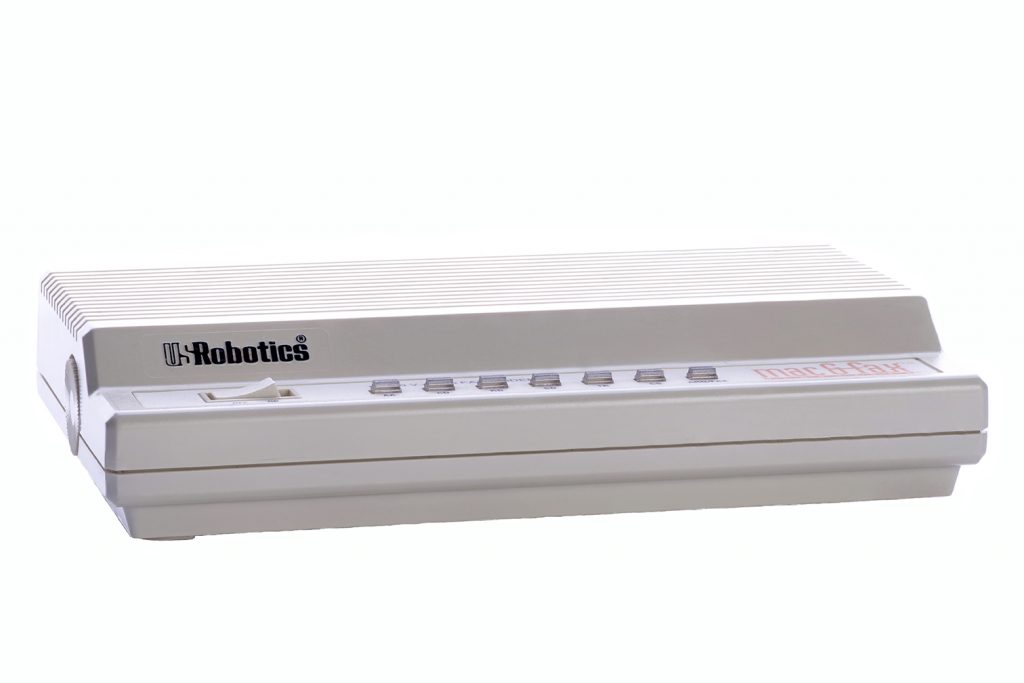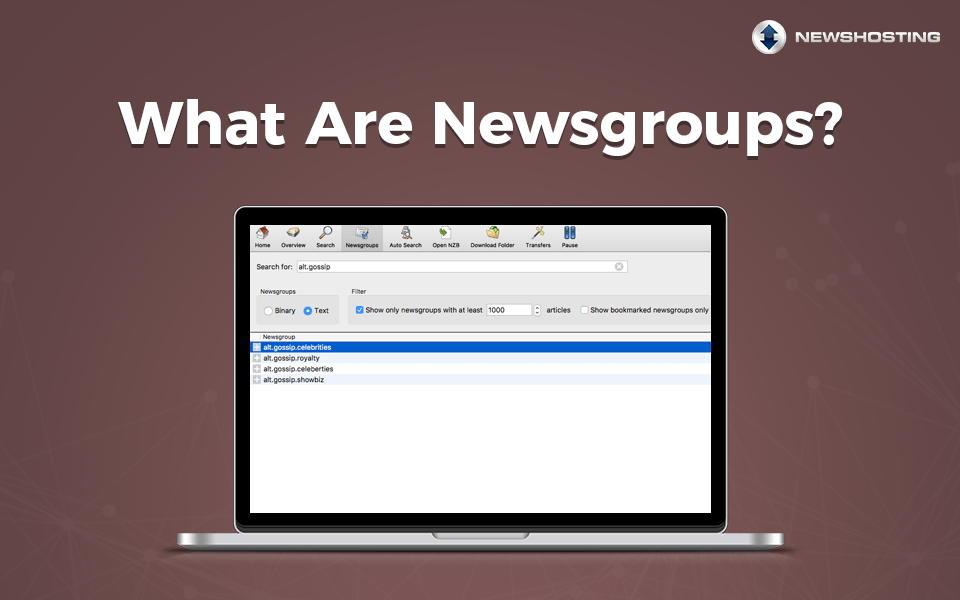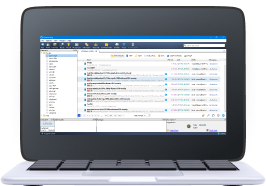Considering how niche it’s become, it’s strange to think that much of modern computing would be drastically different without Usenet. You could even argue that Usenet guided modern computing, particularly in terms of the evolution of the Internet.
Let’s take a moment to appreciate the ways in which Usenet laid the groundwork that would one day be trod by the World Wide Web.
Usenet is Not the Internet
Before we go any further, let’s keep in mind what we discussed recently: Usenet is not the Internet. Nor is the World Wide Web, though it often is thought of as being so. The Internet, as the name suggests, is a collection of different types of network running on different protocols. Usenet, the World Wide Web, email servers, and more are all part of what we consider “the Internet” today.
This isn’t just a nitpick. The best way to understand how Usenet intersects with modern computing is understanding what it actually is.
Threaded Conversations
From a purely technical point of view, the idea of conversation threading was revolutionary at the time. Keep in mind that early Usenet was meant to replace an outdated bulletin board system. Like a physical board, many of these older applications simply posted updates in order with no other way of tying them together conceptually.
The idea that a reply to a given question should appear directly below it and indented made following conversations easier. There’s a reason why every major forum platform uses it to this day. On the other hand, anonymous image boards with cultures based around privacy and shibboleths tend to avoid this convention specifically as a way of vetting potential members.
You could even make the argument that the idea of online discussion groups could be traced to the introduction of the newsgroup. ARPANET was conceived as a way of sharing important information rapidly, but Usenet introduced commentary as a prime function. Not only were you giving data to somebody, you were engaging with one another.
Netiquette and Internet Lingo
Online Behavior
The first rules for netiquette (a portmanteau of “net” and “etiquette”) can be traced back to the Xerox Palo Alto Research Center (PARC) in the mid-70s. In this case, it was based on a document with simple rules to make electronic mail easier to integrate. The Electronic Mail Briefing Blurb was circulated in the company for more than a decade and laid out several useful recommendations that are roundly ignored today. Even though they shouldn’t be.
The arrival of Usenet took some of these basic rules and built a much more complex culture around them. For example, students at Carnegie Mellon University introduced the use of “smileys” to written conversation. These ASCII text combinations were meant to look like faces, the first and most famous being “:)”. There is a better than average chance that whatever device you’re reading this on has changed that to an emoji, but at one point it was how Usenet users communicated joy or sarcasm.
New Rules, New Words
And with behavioral rules came jargon. Early Usenet users were always looking for ways to describe what they were seeing using metaphor and abbreviation. Here are some examples:
- As we mentioned in our Early History of Usenet article, the term “spam” is referring to an old Monty Python sketch. “Spam” is useless, repeated data.
- Since early newsgroups were so independent, they would often include a collection of questions they got a lot to lay out netiquette expectations. These documents would usually be labeled “Frequently Asked Questions” or “FAQ.”
- While the use of the word “burn” to acknowledge that somebody had been insulted is more likely related to That 70’s Show than the actual 70s, on Usenet they quickly associated online insults with fire. In this case, the metaphor was less about the feeling of being burned than it was that online shouting matches could “burn down” their fragile community. Hence why “flame wars” were forbidden.
There are so many words that are still in common use today, from “troll” to “BTW,” that got their start in those early newsgroups.
Usenet: My First Modern Computing Network
And, of course, it’s hard to underestimate the influence of Usenet on modern computing as a gateway. When the Web launched in 1994, Usenet had already been in operation for more than a decade. The fact of the matter is that Usenet was where you could find all of the content.
It’s one of the reasons why AOL started offering Usenet access as a feature of their system in 1993. And it worked. Enormous amounts of new users were finding their way to newsgroups that might have had a dozen regular contributors previously. AOL’s interface made accessing the Usenet community easier, and that kept people online for longer and longer periods.
Public libraries also provided simple, often free access to Usenet in many areas. People with dial-up modems could call into the library’s local Internet number to not only search for books and place items on hold, but also browse newsgroups. When Web forums came about, a generation of children had already been trained in how to use them because of their local library.
These are only a handful of the most visible ways that Usenet has shaped the way we use the Internet today. While not as popular as it once was, Usenet remains a thriving community where some of the same people who invented those initial concepts are still engaging today. Who knows if the next direction for modern computing will also come from Usenet?







